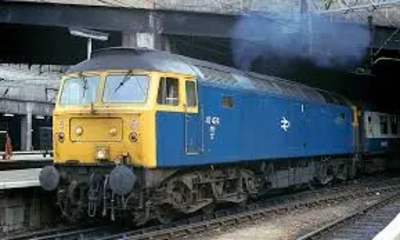UK Rail Industry Planning for Decarbonisation - a Complex Task Especially for Railfreight.

In 2018 the then Rail Minister, Jo Johnson, challenged the rail industry to reduce its carbon emissions and a recent report sets out the industry's initial response in the form of an Interim Report.
In its lack of emphasis on further electrification it does appear that the terms of reference might have been restricted by the diastrous Secretary of State for Transport, Chris Grayling whose cancellation of several rail electrification schemes the year before led to changes to existing procurement orders for rail vehicles in favour of an increased number of hybrid locomotives. This was an inevitable consequence of the cuts to the planned electric network but it led to considerable increases in the costs of those vehicles, reduced efficiency of operating performance, higher maintenance costs for more complex equipment and timetable chaos as operators were faced with a shortage of drivers, many of whom had ended up being trained to operate what was now the wrong type of train.
Nevertheless it should be remembered that even at the moment rail travel is the most mechanically efficient form of transport and with a far smaller carbon footprint than anything other than a full, long-distance megabus.
The industry's Decarbonisation Taskforce found that eliminating diesel traction was complex without extending the electrified network, but for passenger trains at least it should prove possible to eliminate diesel-only haulage by 2040 - the government target. This could be achieved by using a variety of hybrid diesel-electric locomotives in addition to electric-only ones.
Freight trains, however, often follow paths across the country that are very different from the patterns of passenger travel. Because they often run at night, at times when track maintenance is taking place, they need to be able to cope with flexible routing requirements. Such routes are seldom along electrified track for the entire journey.
At the moment, therefore, no satisfactory solution exists for freight movements, though the industry continues to look for better options.
Of course the freight traffic is considerably less than passenger traffic so, despite difficulties with freight, considerable improvement in both carbon dioxide emissions and in air pollution should be achievable with a progressive replacement of existing diesel locomotives with more efficient modern stock.
Moreover it must be admitted that railfreight has great potential to take freight off our roads - and a diesel locomotive on a railway tends to be much further away from families and children than the big HGVs that still drive through and around our towns.
Overall the report is somewhat disappointing, but it is still a step in the right direction.
